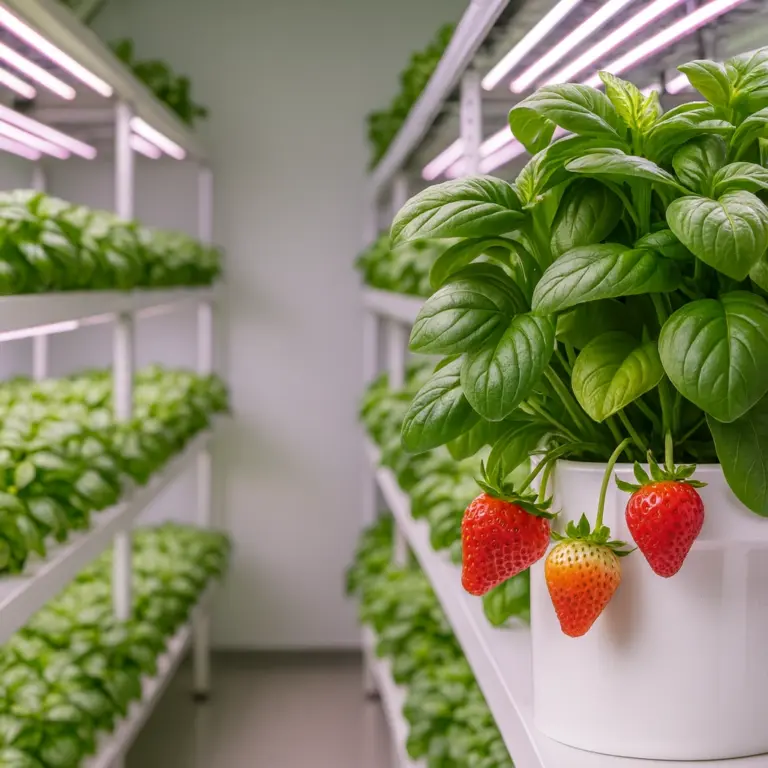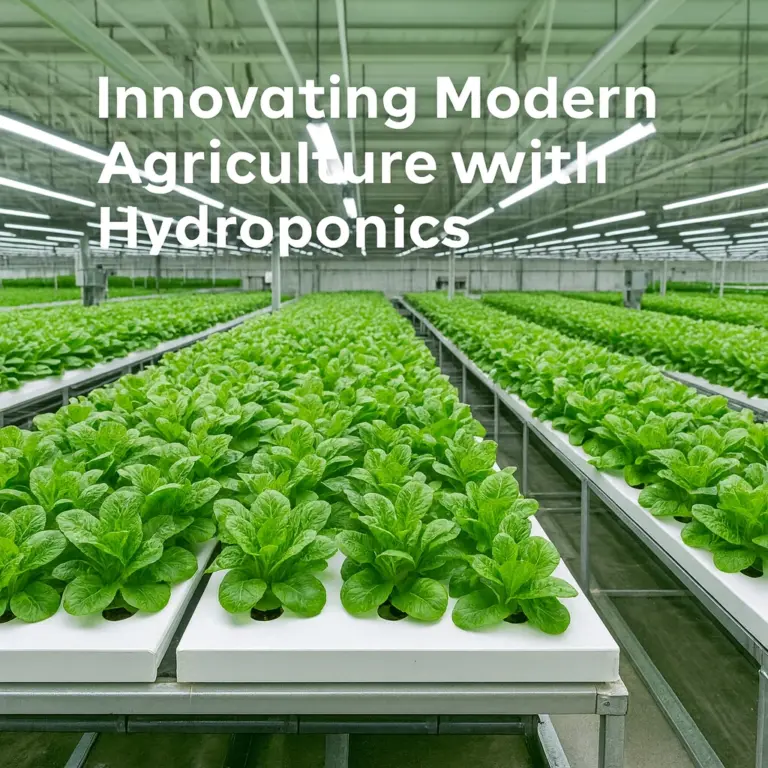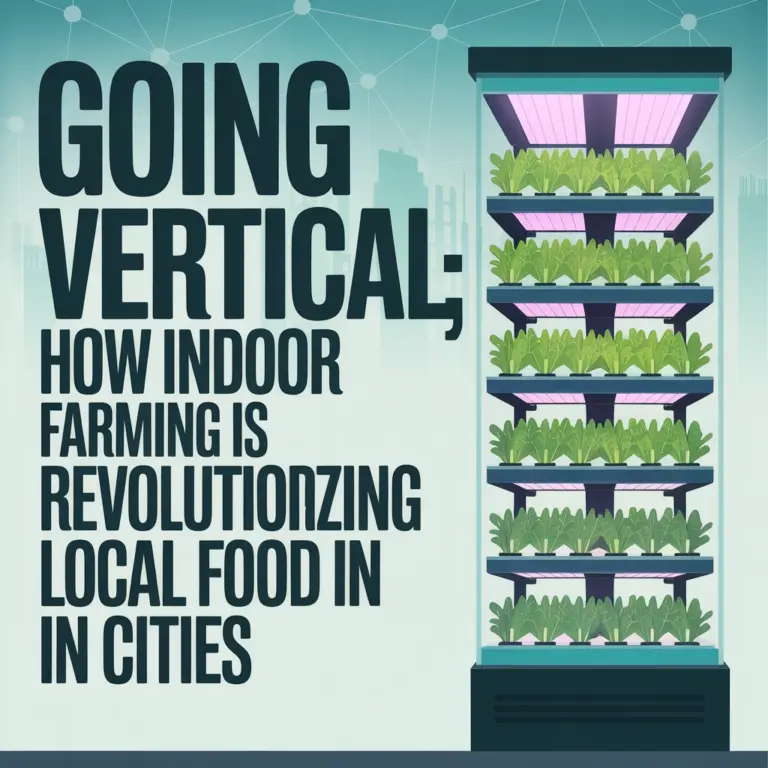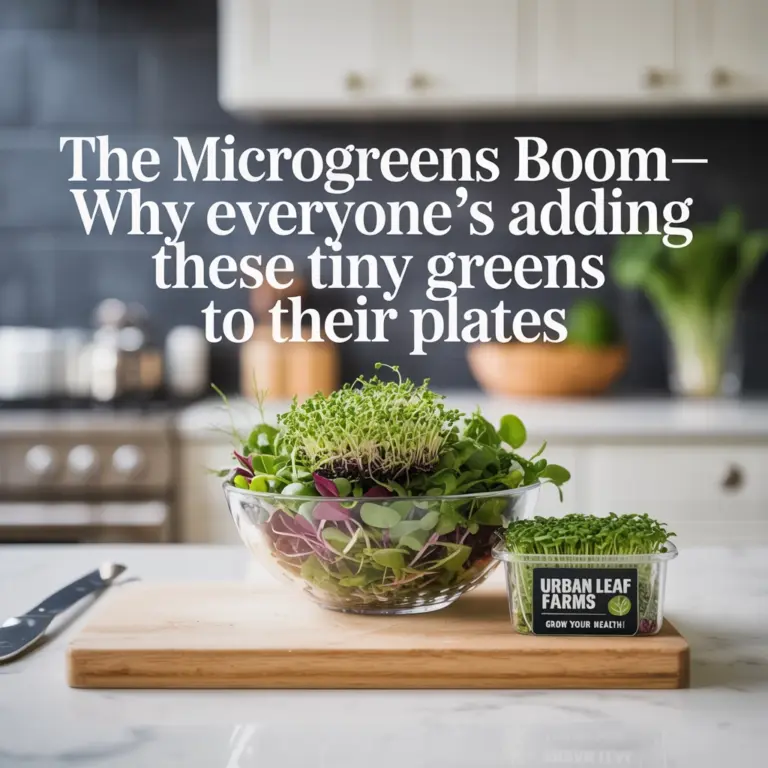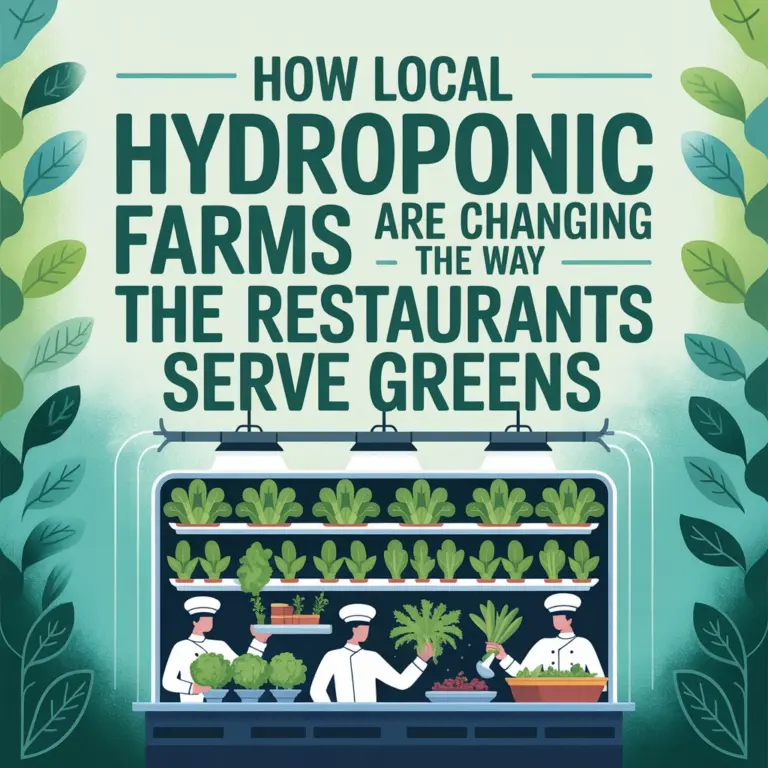Why Microgreens Are Making Waves: The Fresh Food Revolution in Your Neighborhood
Microgreens are tiny but mighty. Just a few years ago, you might have only seen these sprightly greens as a garnish on fancy restaurant plates. Fast forward to today—they’ve taken root everywhere from local grocers and farmer’s markets to your neighbor’s kitchen counter. What’s driving this leafy surge? The secret isn’t just in how microgreens taste, but in what they can do for your health, your community, and the future of food.
The Tiny Giants of Nutrition
Let’s kick things off with what everyone wants to know: Why are these little greens getting so much attention?
Microgreens are the young shoots of vegetables and herbs, harvested just days after sprouting. They might be small, but when it comes to nutrition, they pack a serious punch. Studies show that microgreens can contain between four and forty times more vitamins and antioxidants than their fully-grown vegetable counterparts. Imagine getting the nutrition of a massive salad in just a handful of tiny leaves.
Not all microgreens are created equal. Some of the nutrient all-stars include:
- Broccoli microgreens: Rich in sulforaphane, a compound linked to numerous health benefits.
- Radish microgreens: High in vitamin C, boosting immune health.
- Pea shoots: Loaded with vitamin K, great for heart and bone health.
These minis are brimming with vitamin A (hello, healthy eyes), vitamin E (a natural antioxidant), and vitamin C (good for pretty much everything). Minerals like iron, magnesium, and zinc are also in the mix, making microgreens almost like nature’s multivitamin. 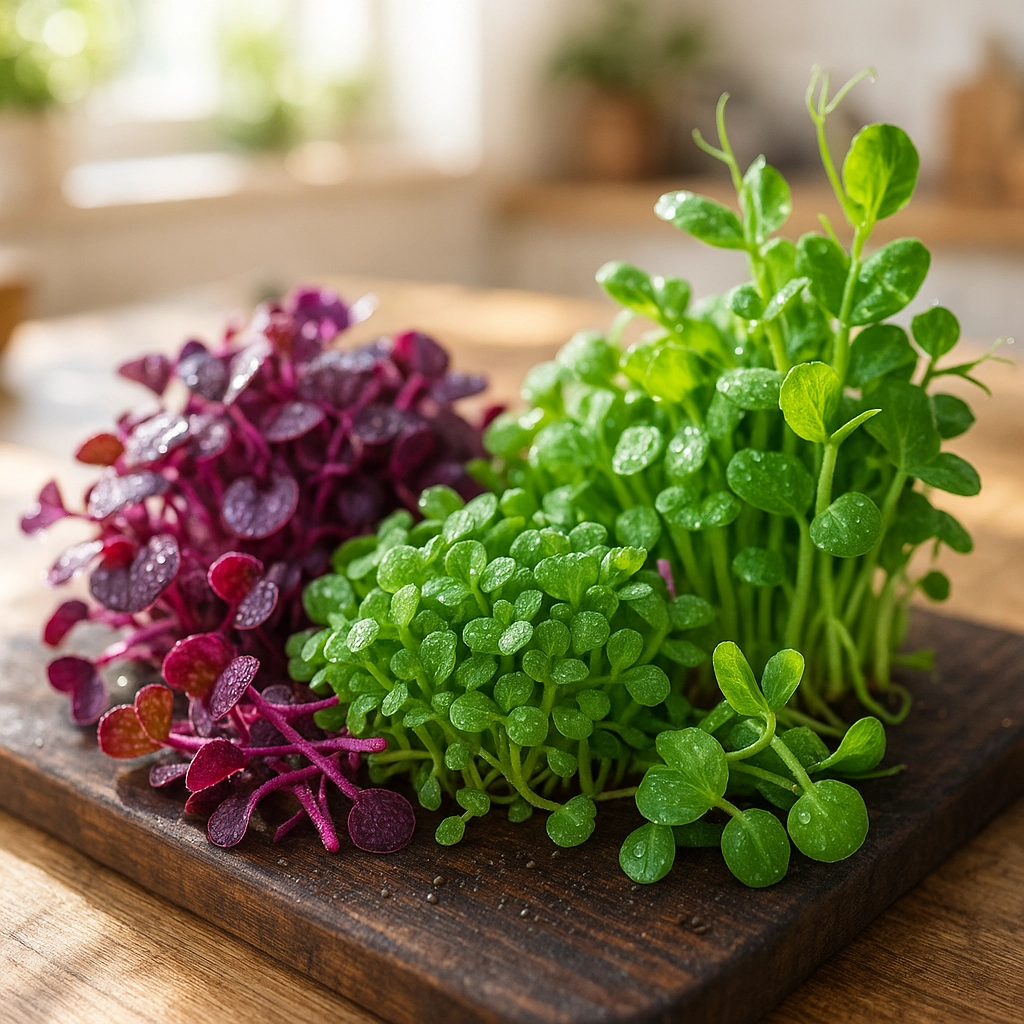
Fast, Fresh, and Pesticide-Free
Microgreens don’t just win on nutrition—they’re also a grower’s dream, whether you run a commercial hydroponics operation or just have a sunny kitchen windowsill.
They grow fast—most varieties are ready to harvest in just 7 to 21 days. That means you can go from seed to salad in less time than it takes to binge-watch your favorite series.
And because they’re usually grown indoors or in controlled environments, microgreens are almost always pesticide- and fertilizer-free. They don’t need chemical help, which means purer greens for you and less environmental impact along the way.
Plus, you don’t need acres of farmland. These greens are perfect for small apartments, urban rooftops, or even converted shipping containers. The barrier to entry is low, so almost anyone, anywhere, can get involved in growing their own food—right in the neighborhood.
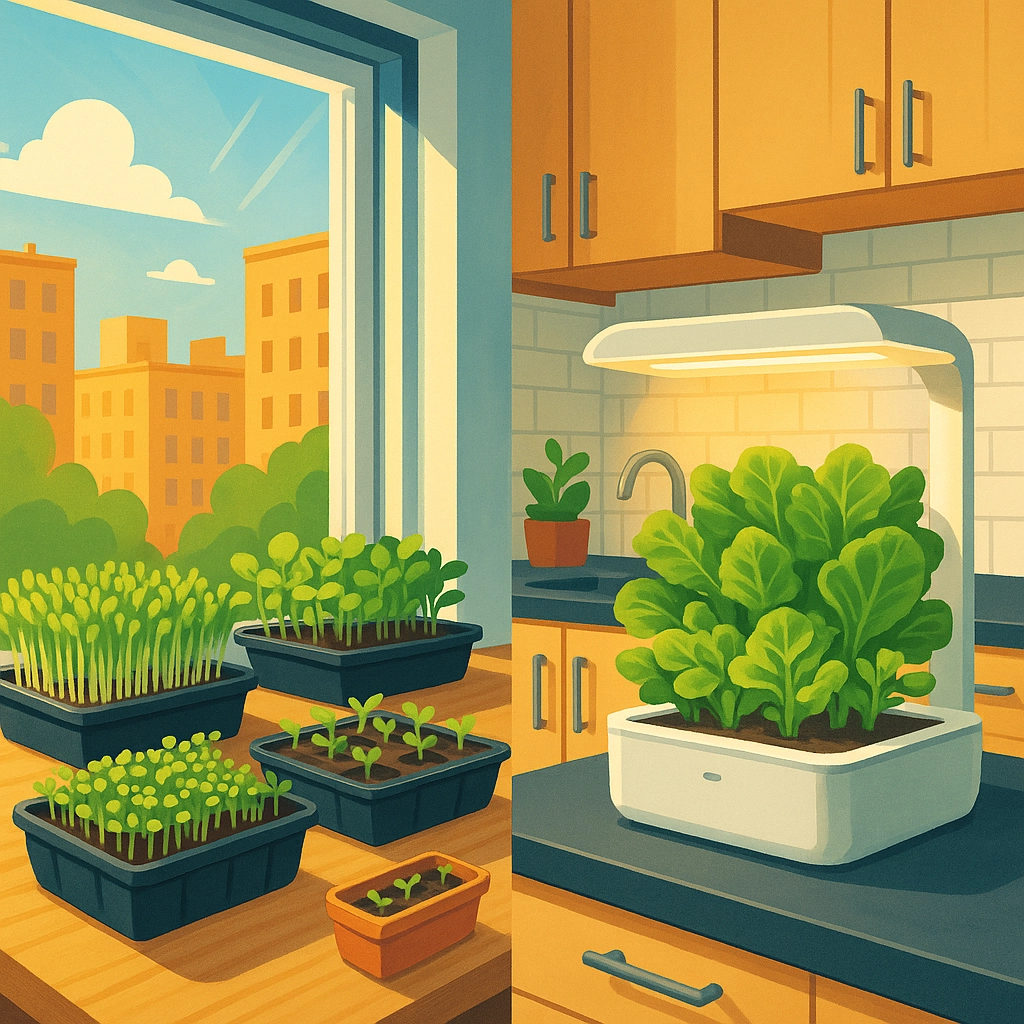
Urban Farming’s New MVP
The microgreens craze isn’t just about dinner plates—it’s making waves in how we think about growing food in our neighborhoods.
As cities get bigger and green space gets harder to come by, the importance of urban farming is skyrocketing. Microgreens, with their tiny size and minimal requirements, fit the bill perfectly for urban agriculture. You’ll find them sprouting in community gardens, vertical farms, office lobbies, and even classrooms—teaching kids where food comes from.
Farmers and entrepreneurs are catching on, too. Because microgreens grow fast and require little space, they’re ideal for small businesses looking to boost local food production with a lower investment. You don’t need a green thumb or years of farming experience to get started, making this a wave where anyone can catch a ride.
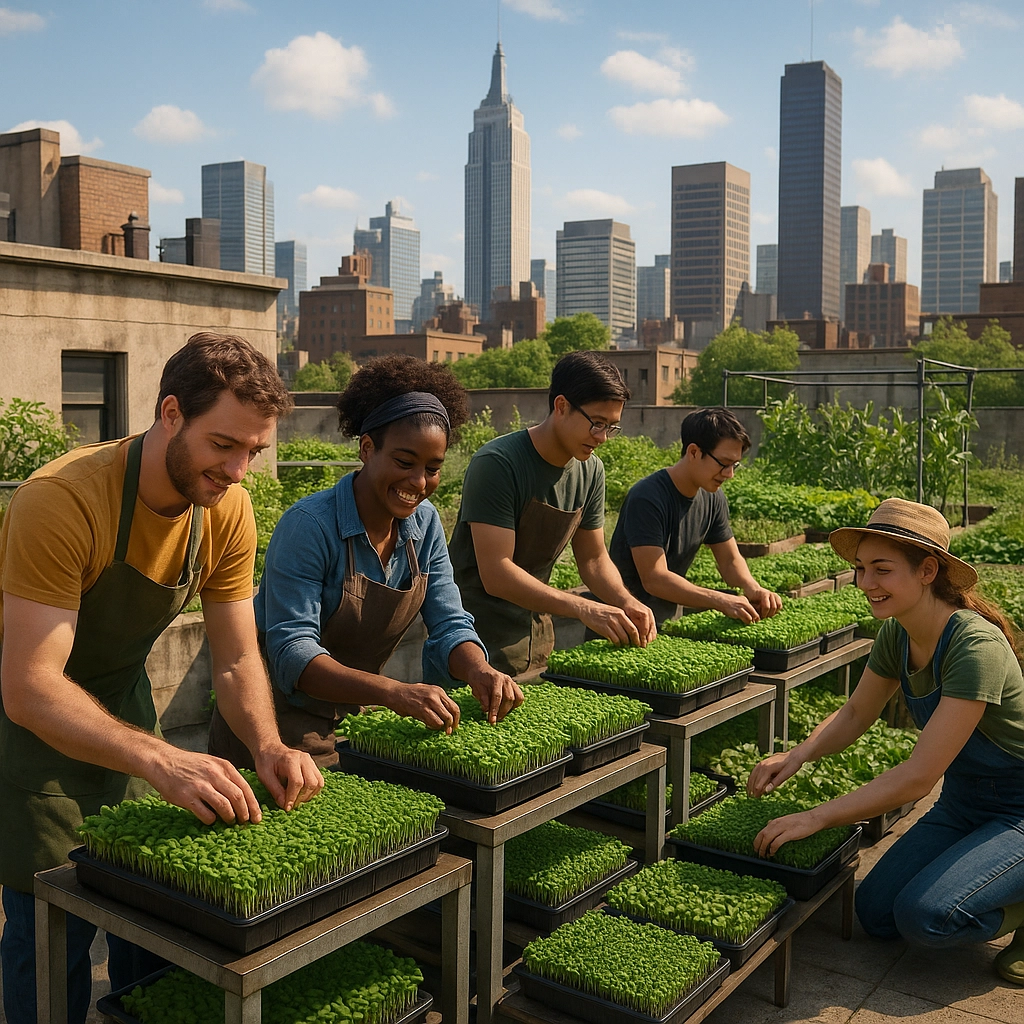
A Solution for Modern Eating Habits
Let’s face it: most of us don’t eat enough vegetables. Studies show that vegetable consumption among kids (and adults too!) is lower than ever, with taste, convenience, and cost often getting in the way.
Microgreens tackle all three problems at once:
- Flavor: They come in a range of tastes, from spicy radish to sweet pea to peppery arugula. They make boring salads pop and can turn a basic sandwich gourmet.
- Convenience: Since they’re small and can be eaten raw, you can toss them onto anything—salads, sandwiches, soups, and smoothies—with zero prep.
- Cost-Effectiveness: Growing your own is simple and affordable. Even store-bought microgreens go a long way due to their nutritional density.
It means that children, picky eaters, and busy families can all get more goodness with less fuss. One sprinkle, and you boost the plate big-time.
Freshness You Can Taste
Microgreens aren’t just more nutritious—they’re fresher, too. Locally grown greens that travel only a few blocks (or a few steps, if you’re growing at home) retain more vitamins, flavor, and crunch. That’s a big difference compared to veggies trucked across states or continents.
This kind of local food production doesn’t just benefit your taste buds—it’s good for your neighborhood. Supporting local growers and businesses keeps money in the community, creates jobs, and can improve food security for everyone.

Sustainable from Seed to Plate
As people become more conscious about the environment, microgreens are stepping up as a sustainable food solution.
Why? Because they use:
- Less water: Microgreens require a fraction of the water you’d need to grow mature crops.
- No long-haul transport: Local production means lower carbon footprint.
- Minimal fertilizer and no pesticides: Reduces pollution and keeps the growing process clean.
Some growers are even experimenting with compostable packaging and renewable energy, making microgreens a smart choice for eco-minded eaters.
What’s Next for Microgreens?
If you haven’t given microgreens a try yet, now’s the perfect time. Whether you want more nutrition, a greener lifestyle, or an easy way to level up homemade meals, these tiny greens have you covered.
Curious to grow your own? Titan Hydroponics is always happy to help you get started—no farm required. And if you see microgreens popping up in local markets and on restaurant menus, you’ll know why: they’re leading a fresh food revolution, one neighborhood tray at a time.
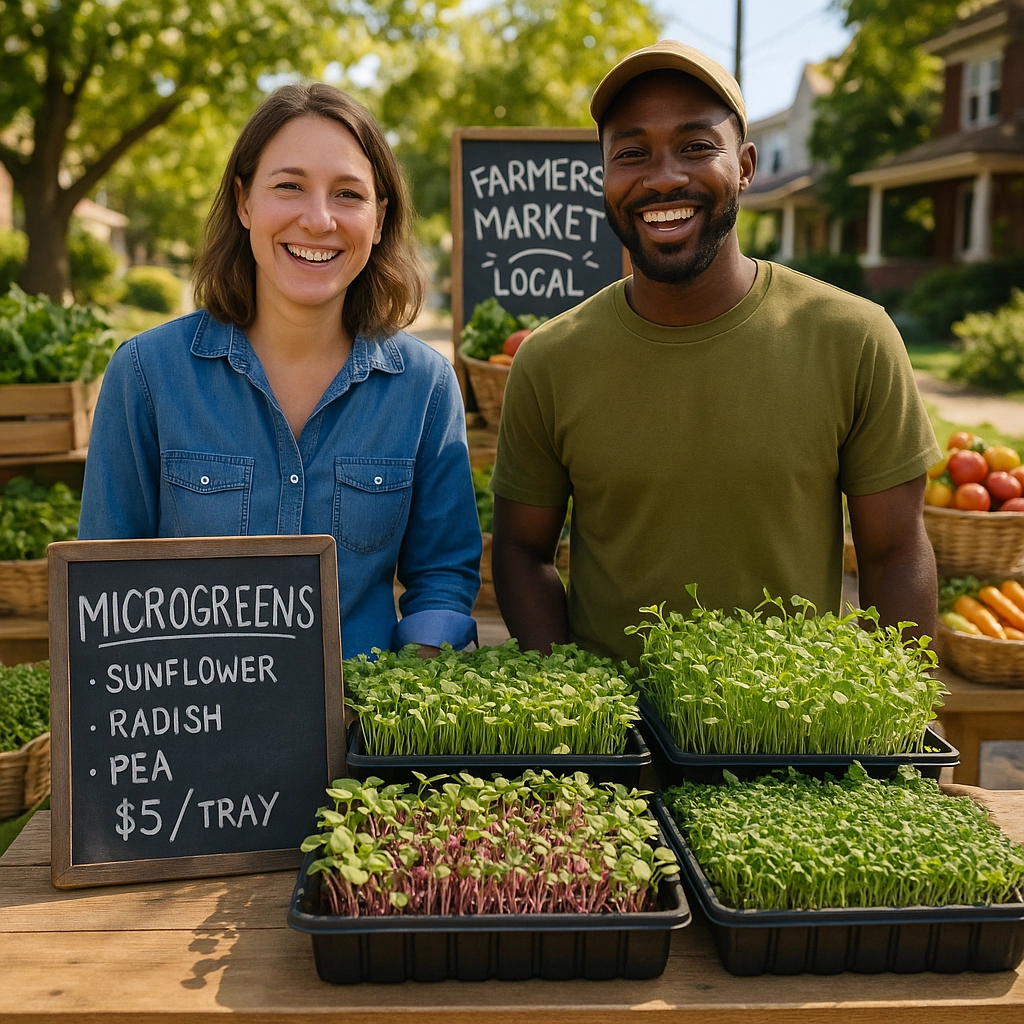
🌱 Don’t Miss Out! Get the Latest from Titan Hydroponics
Want more tips, tricks, and exclusive updates on hydroponics? Sign up for our newsletter and be the first to get fresh content, special offers, and hydro-growing inspiration delivered straight to your inbox. Stay ahead of the curve and let’s grow together!
